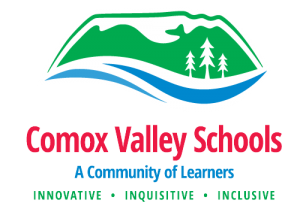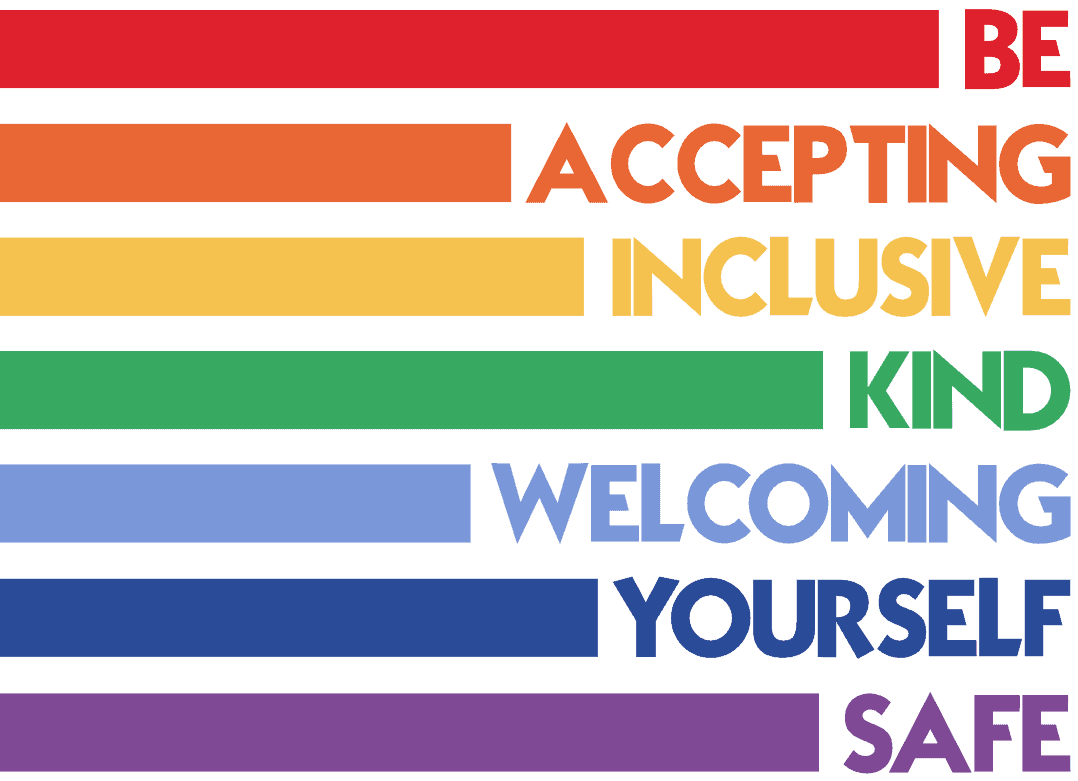SOGI in Comox Valley Schools
SOGI (Sexual Orientation and Gender Identity) in Comox Valley Schools
The following information is provided to explain how Sexual Orientation and Gender Identity (SOGI) is being discussed in the classroom. SOGI is an inclusive term that represents all individuals regardless of sexual orientation or gender identity.
In 2016, the B.C. Human Rights Code was amended to ensure that gender identity and expression are protected under the code. As provincial education partners, we stand together in this commitment. All 60 school districts, Independent and First Nations schools have SOGI-inclusive codes of conduct.
Most school districts in B.C. are part of a network for educators who are interested in SOGI-inclusive education – the B.C. SOGI Educator Network.
B.C.’s K-12 curriculum includes a focus on valuing diversity and respecting differences, as well as human rights and responses to discrimination. The Ministry of Education is responsible for the creation of BC curriculum. Teachers, schools, and school districts may explore the B.C. Human Rights Code within those themes including, but not necessarily limited to, sexual orientation and gender identity. Topics related to gender and self-identity are included in the curriculum for knowledge, as well as to help students understand and respect diversity, as with the previous curriculum. Sexual and reproductive health is specifically covered within the Physical and Health Education curriculum.
Studies show that having SOGI-specific anti-bullying policies improves the school climate for all students and staff.
Frequently Asked Questions about SOGI in Comox Valley Schools
What is SOGI or SOGI 123?
SOGI stands for Sexual Orientation and Gender Identity. Every person has a sexual orientation and a gender identity, including heterosexual, lesbian, gay, bisexual, transgender, queer, two-spirit, cisgender, and more.
SOGI 123 is a resource designed to help schools and teachers create inclusive environments for students of all sexual orientations and gender identities. It was developed by the ARC Foundation in collaboration with the Ministry of Education, BC Teachers’ Federation, UBC Faculty of Education, several BC school districts, educational partners, and LGBTQ community organizations.
Is there a specific SOGI curriculum?
No, there isn’t a separate SOGI curriculum. Instead, topics related to sexual orientation and gender identity are integrated across various subjects such as Physical and Health Education, Social Studies, and English Language Arts. These topics align with the BC Human Rights Code and are introduced to students in an age-appropriate manner, reflecting the diversity present in students’ daily lives. SOGI 123 resources assist teachers in addressing these topics effectively.
Why is SOGI education included in schools?
SOGI education promotes understanding and respect for diversity. It helps reduce bullying and discrimination, creating a safer and more welcoming environment for all students. In 2016, the BC Human Rights Code was updated to include gender identity and expression as protected grounds against discrimination. Following this amendment, the Ministry of Education mandated that all public and independent schools incorporate protections for sexual orientation and gender identity into their codes of conduct.
Why not focus solely on anti-bullying rather than discussing sexual orientation and gender identity?
Ensuring that all students feel safe and welcomed necessitates understanding and respecting each other’s differences. Research indicates that children can encounter homophobic and transphobic language from a young age. Addressing SOGI topics directly helps in creating an environment where diversity is acknowledged and respected, reflecting the realities of our schools and communities.
Will discussing sexual orientation and gender identity confuse students?
Providing information and facilitating discussions about SOGI topics will not influence a student’s sexual orientation or gender identity. These aspects are inherent to each individual. As students mature, they may identify in various ways, and it’s crucial that all students feel safe, welcomed, and represented in their educational environment.
Are schools teaching or encouraging kids to identify as transgender or become homosexual?
No, schools are not teaching or encouraging any particular sexual orientation or gender identity. The intent is to have students, families, and staff reflected in the curriculum and school life, being inclusive of all types of families and individuals, regardless of identity or sexual preference. This approach respects diversity and promotes understanding of the diverse society we live in, teaching students to treat each other with dignity and respect.
Aren’t you disrespecting parent rights and religious freedoms by introducing these topics?
Parents are the most important teachers in a child’s life, and their rights to establish family values and religious beliefs are respected. However, public education has the responsibility to be inclusive and reflective of all members of society.
Can parents “opt-out” their children from sexuality, sexual orientation, and gender identity topics in Comox Valley Schools?
Are students being told not to use “boy” or “girl” to describe themselves?
No, students are not being told to avoid these terms. They are being introduced to the idea that not everyone may identify with these pronouns. Teachers may use more inclusive language, such as addressing the class as “students” instead of “boys and girls,” to ensure all students feel included, regardless of their gender identity.
We encourage you to read the information on this webpage and visit the webpages below:
• BC Government SOGI Factsheet https://news.gov.bc.ca/factsheets/sexual-orientation-and-gender-identity-sogi-in-schools
• Physical & Health Education https://curriculum.gov.bc.ca/curriculum/physical-health-education
• BC Government Media Release https://news.gov.bc.ca/releases/2017EDUC0104-001810
• BC Government Media Release https://news.gov.bc.ca/releases/2016EDUC0089-001625
• BC’s New Curriculum https://curriculum.gov.bc.ca
You can find a PDF of our SOGI Policy here.


